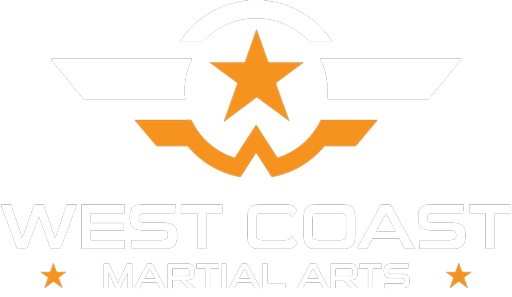There’s lots of videos of Krav Maga plastered all over the t’internet, but very few show people using locks or restraints as a defencive strategy on CCTV.
Why is this?
I’ve a typical Lee answer, so to get to the point let’s take a journey down the fight or flight road.
A school of thought on fight or flight is that it’s too binary. Namely, there’s other options that people may take due to the influence of a stimulated lizard hind brain. One theory suggests that there’s 4 probable results which are
With the old model, there’s a 50 percent chance of the other party complying or fighting. This newer model suggests the odds have changed to being a 1 in 4 chance that the other party will submit.
With these odds, why would you want to risk arm locking someone in a fight? When pain is introduced, there’s a wider range of how the other party may react.
You can’t force a person to comply with pain, if they choose to resist then they’ll continue to do so until their motivation changes.
I’ve witnessed a person pepper sprayed, punched and held and they still continued to resist arrest.
Some people will just not submit, no matter what.
It’s for this reason that we use compliance techniques in Krav Maga as a small percentage of the system. Not that the techniques
are unproven, but because you need to have a third person who is moderately compliant or you risk severely hurting them or getting injured yourself. Especially where alcohol is concerned and the pain messages are reaching the brain slower than under normal circumstances.
Pain compliance is a beneficial tool when there’s a pattern interrupt. If potentially one minute an attacker is grabbing your shirt and pulling you and the next he’s on the floor. This does get the message across that it was a bad move and to get back to standing there’s a lot of pain to get through. This can actually lessen the amount of injury that you’ll need to put the attacker through.
However, it is more complex and there are more factors that can go wrong. More importantly, there’s no guarantee you’ll not spill your drink or break your glasses in the process.
Pain compliance is a great tool, and the principles to make it work are often seen in a Krav Maga class. There’s Leverage, using Gravity and moving out of the line of attack. Sound familiar! However, they take a lot of practice to work smoothly and at the most appropriate time, the techniques that we more often teach in self defence are simpler, more natural and easier to use under pressure.
This does not mean that you should rule out pain compliance, but they are just a tool and should be applied to the most appropriate problem, like the full stop at the end of a sentence. When used in the correct context, they’re an extremely valuable tool to have in your toolbox.

